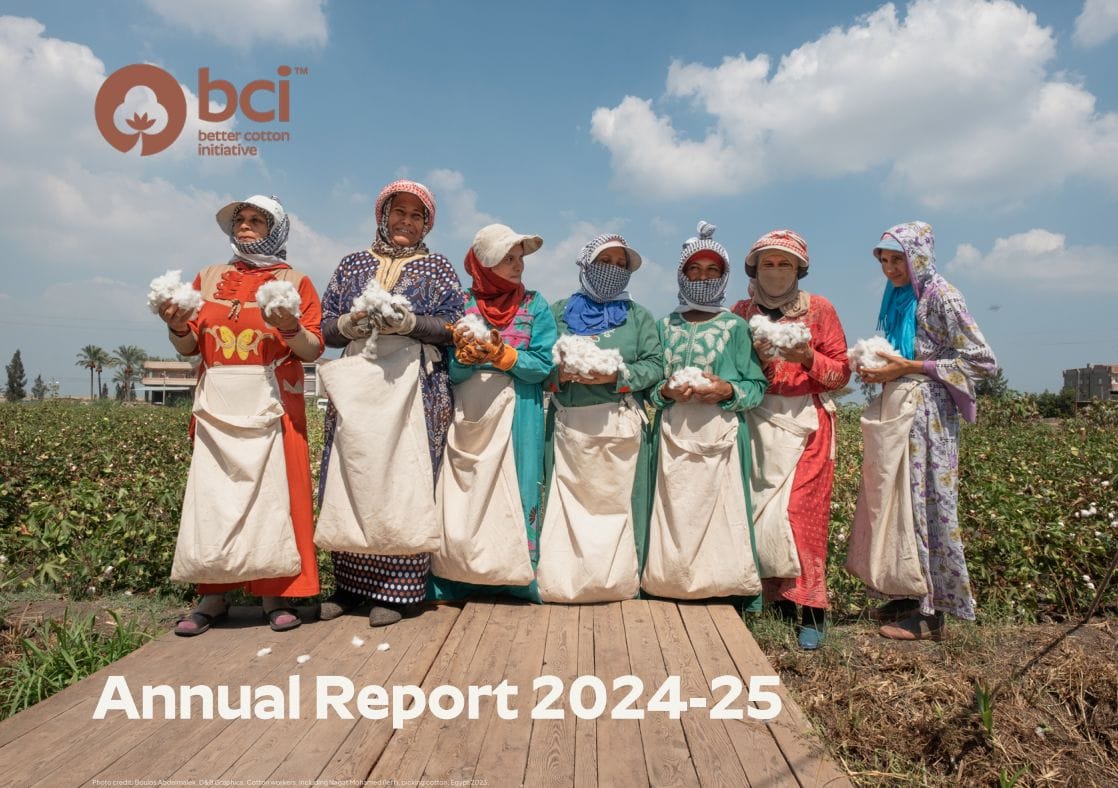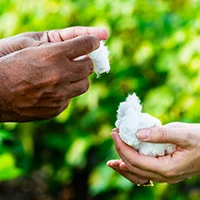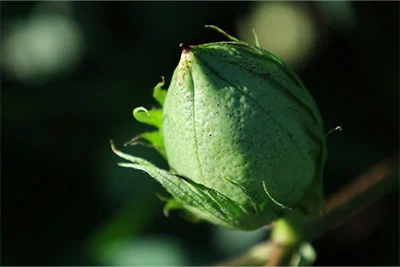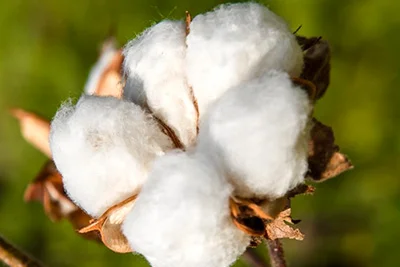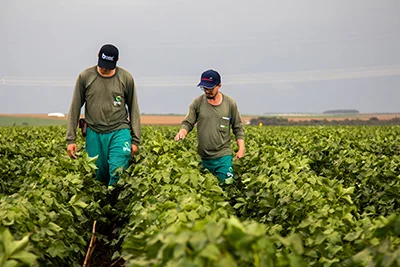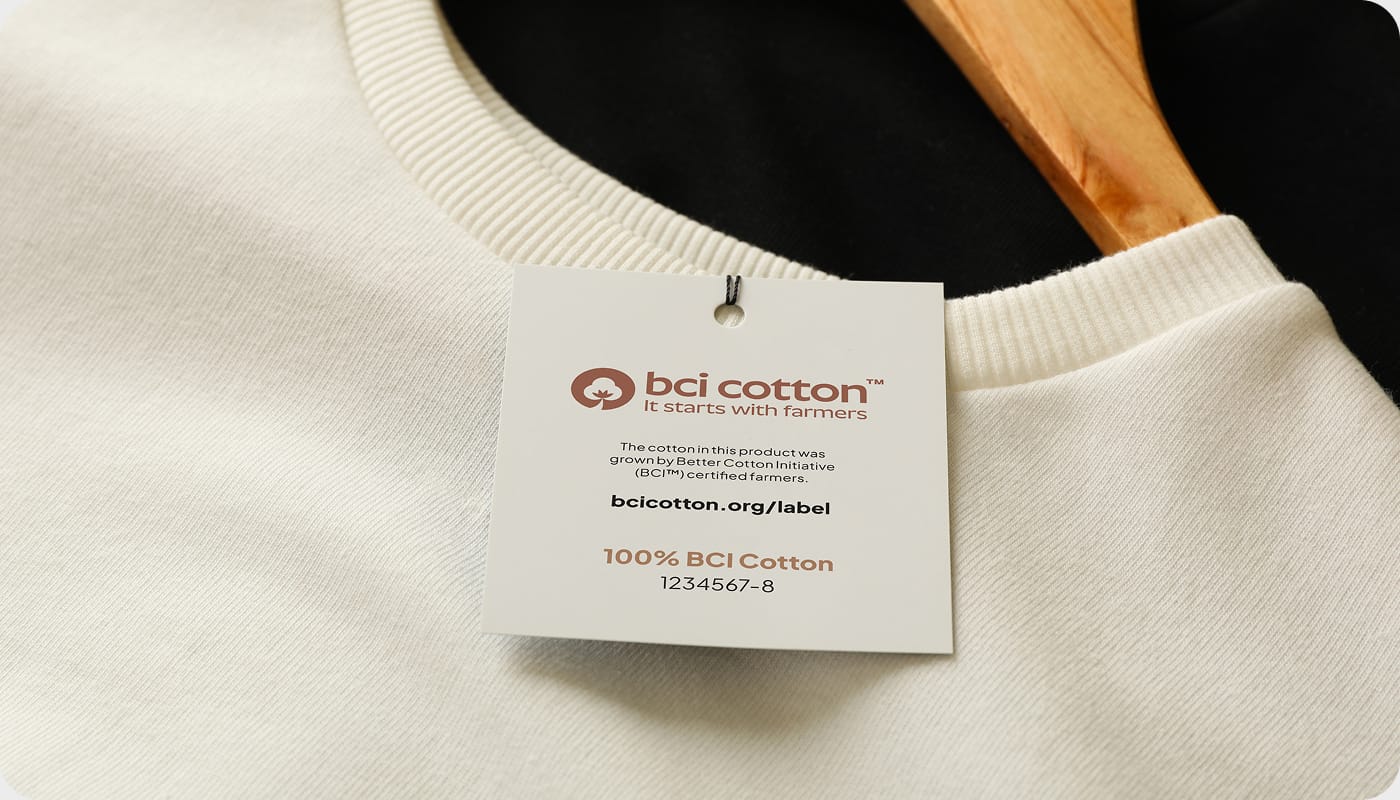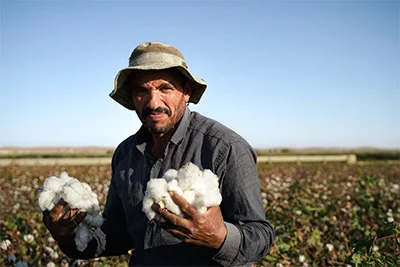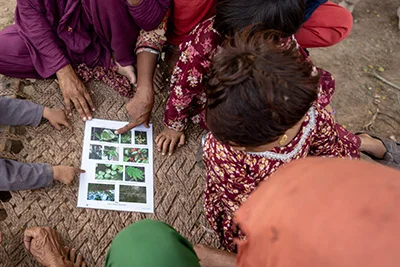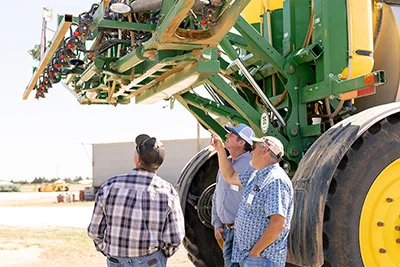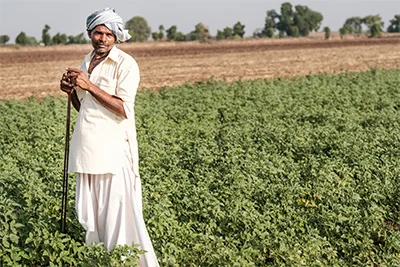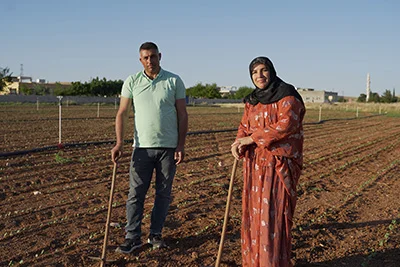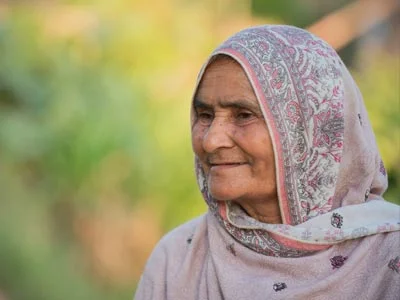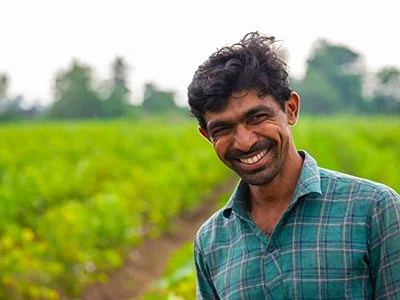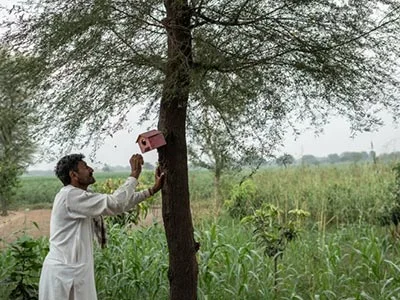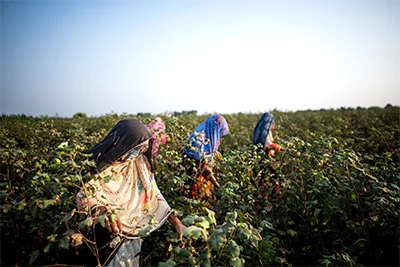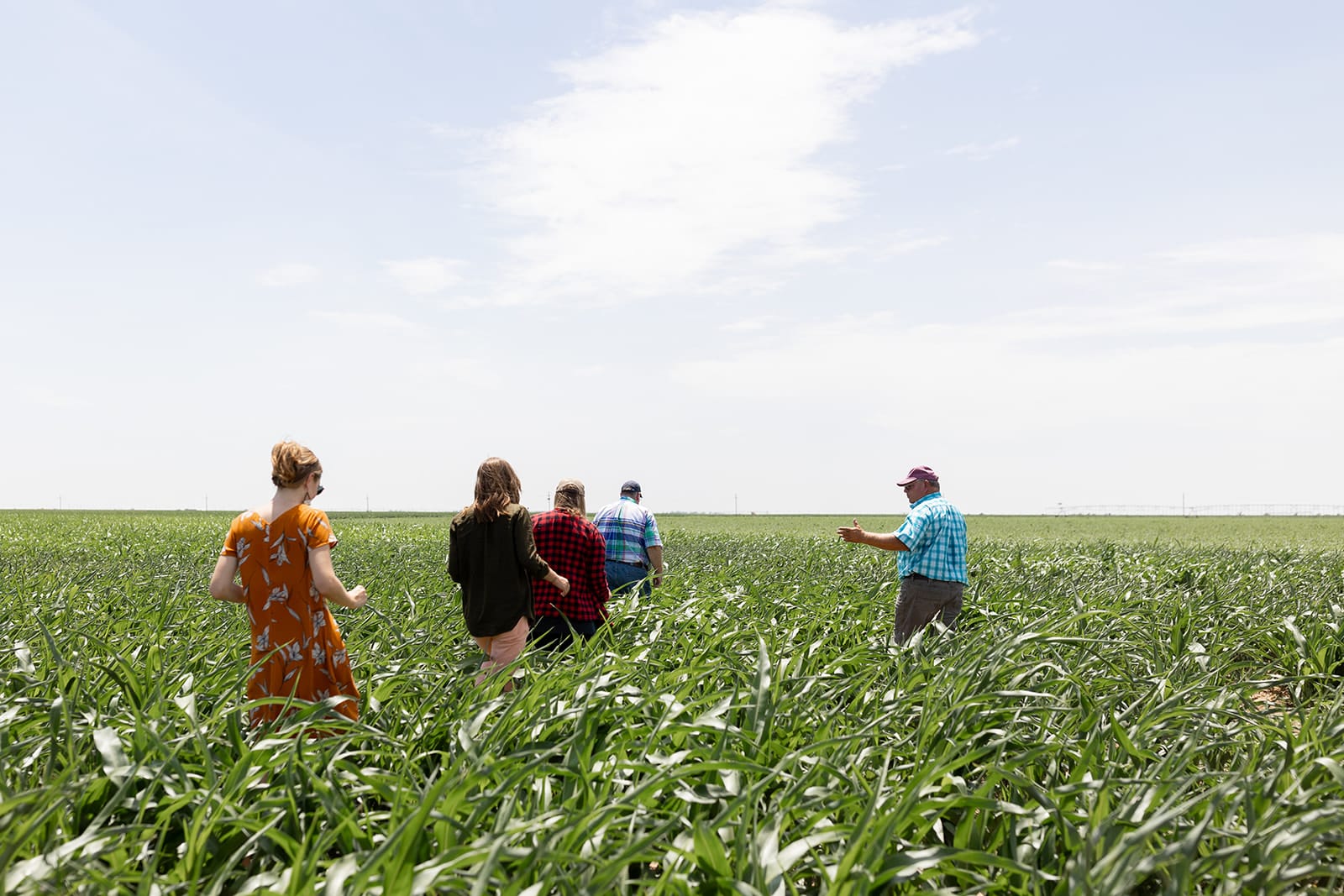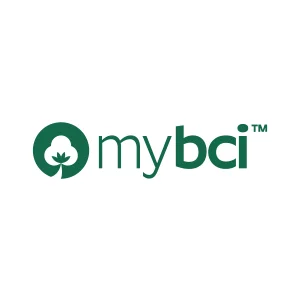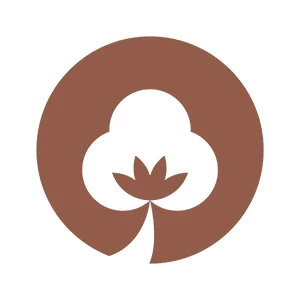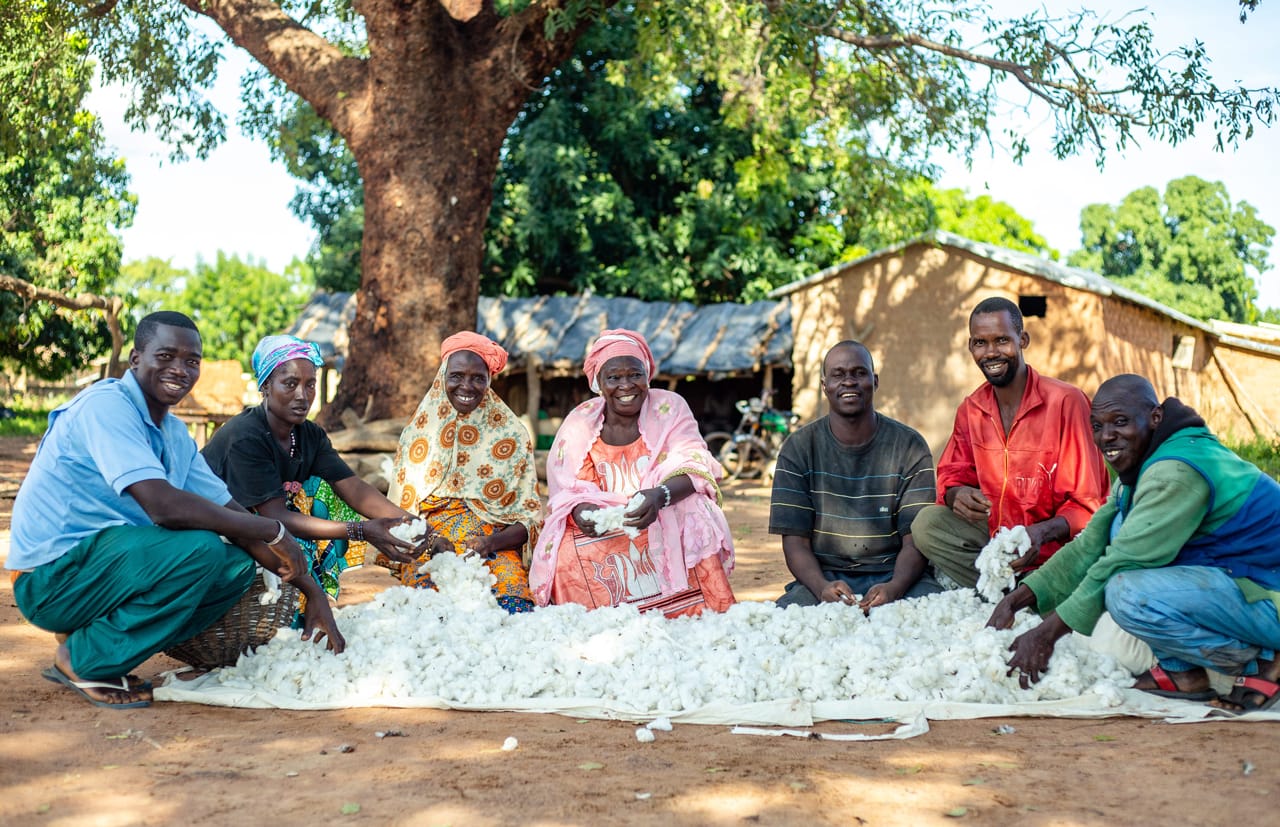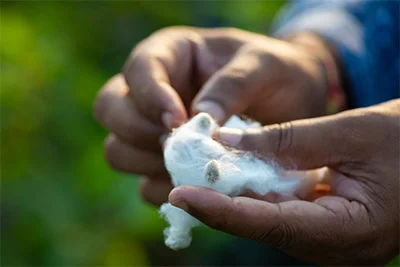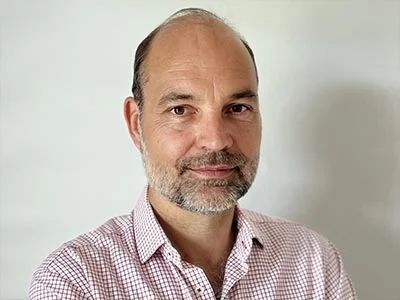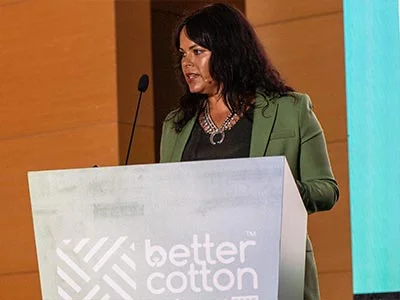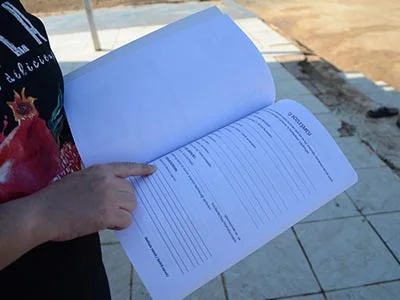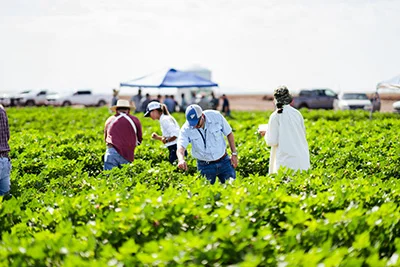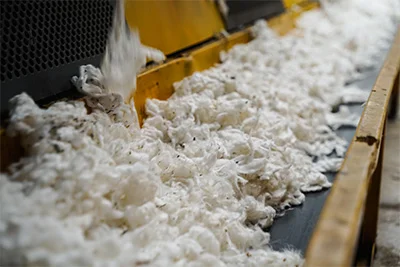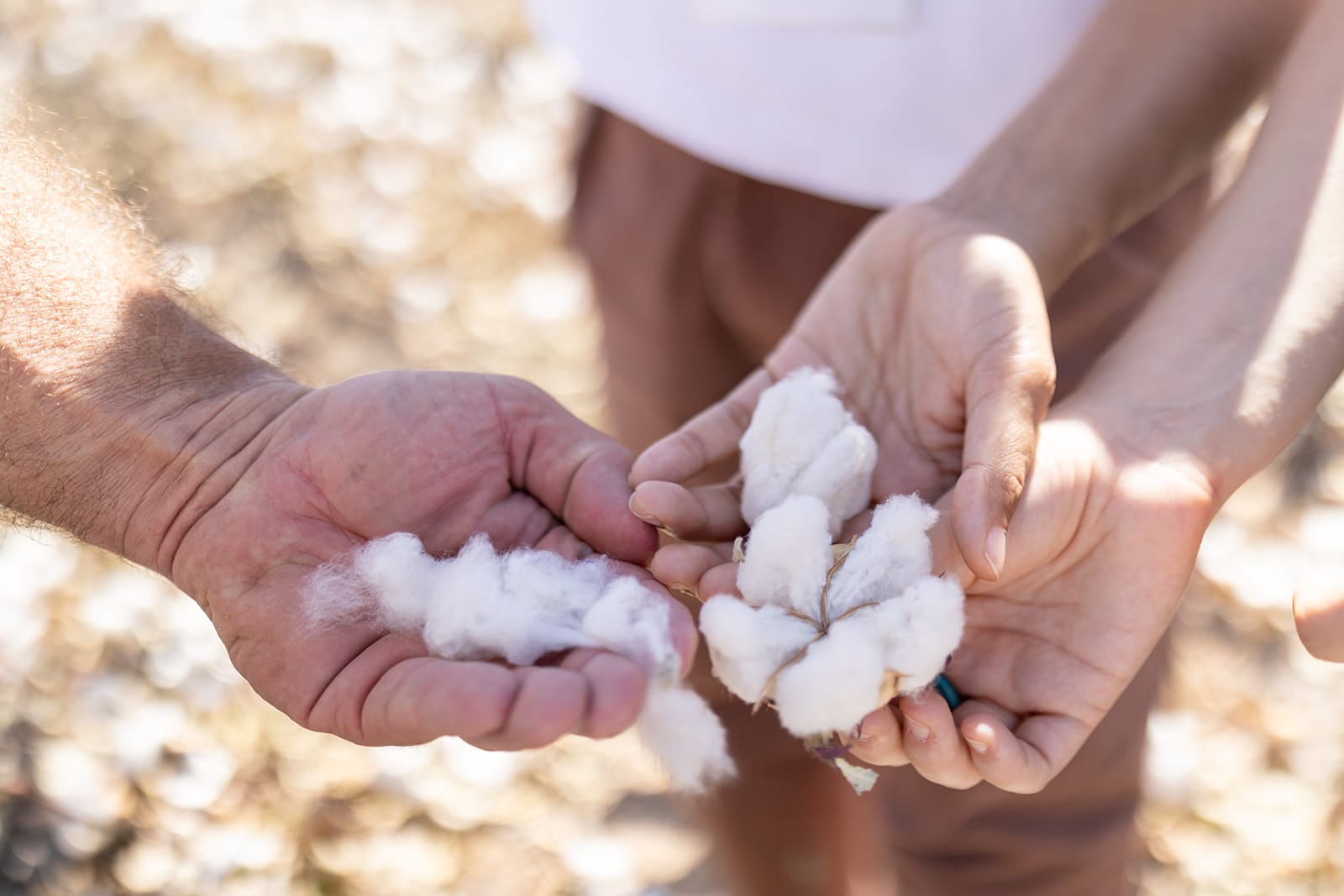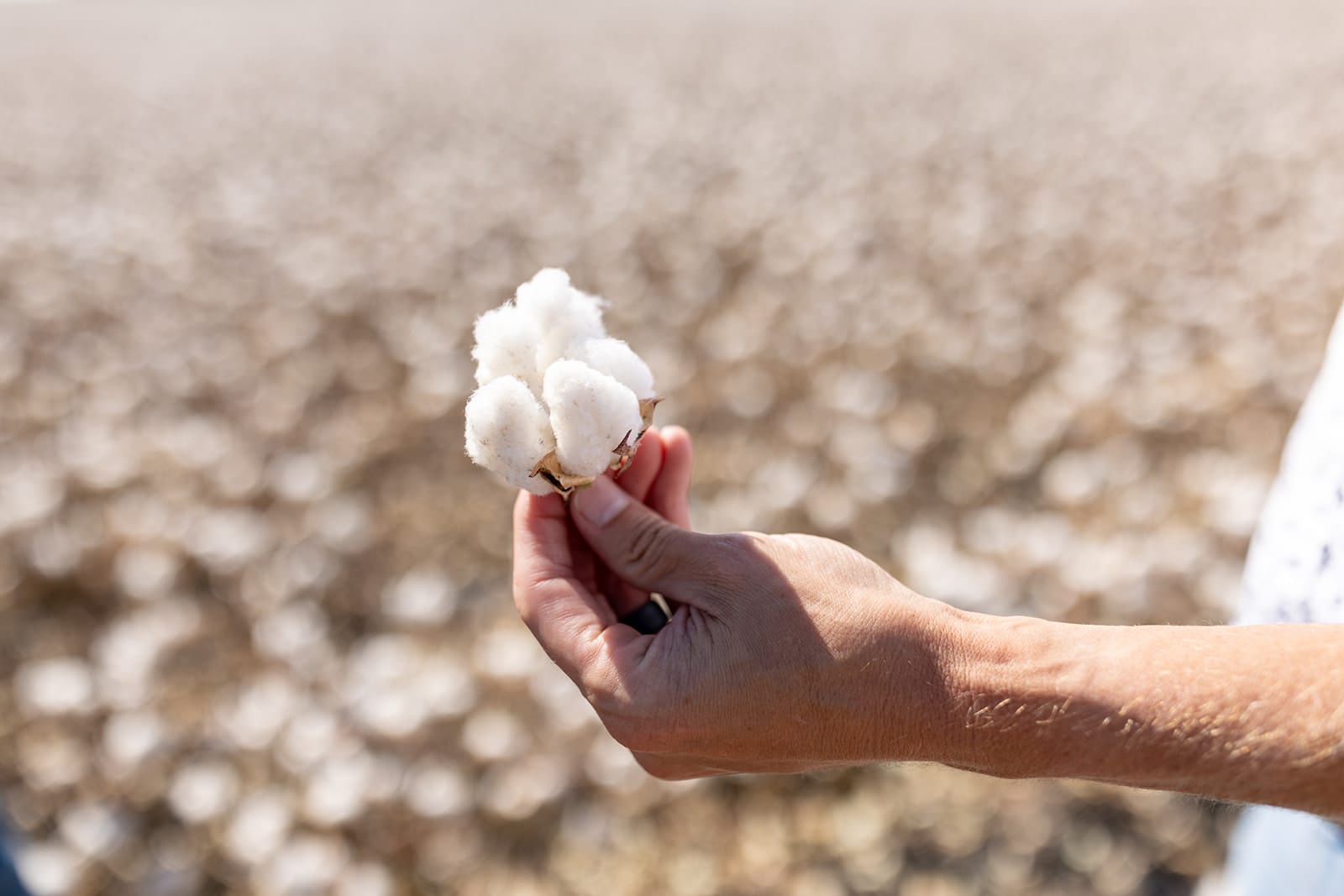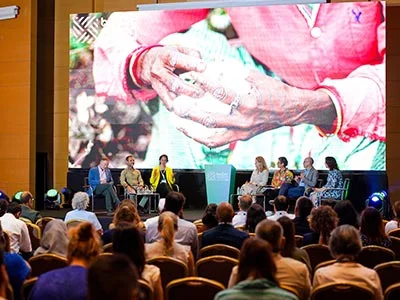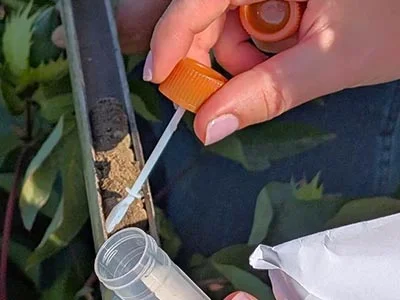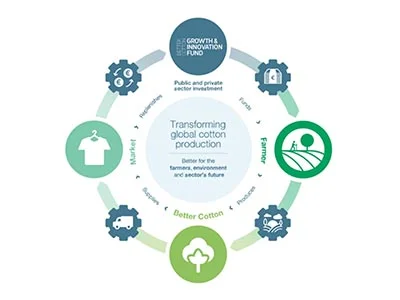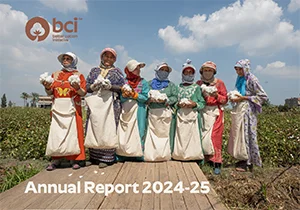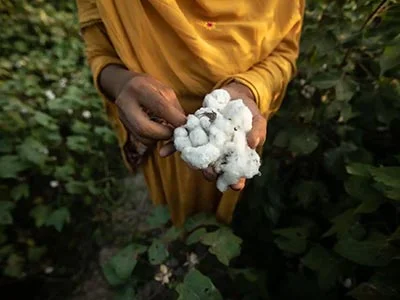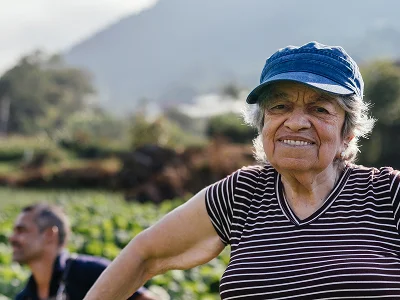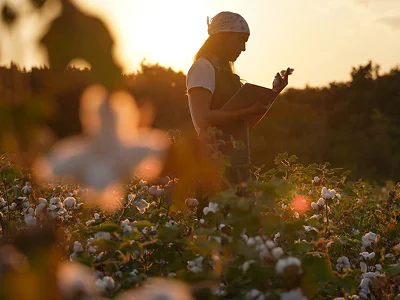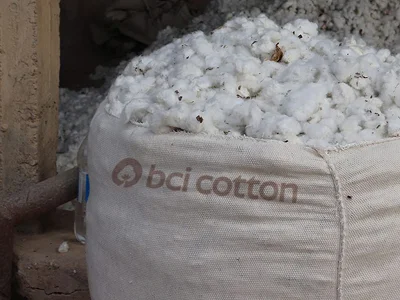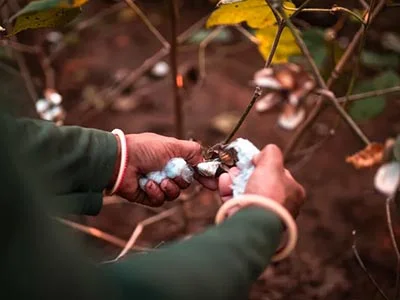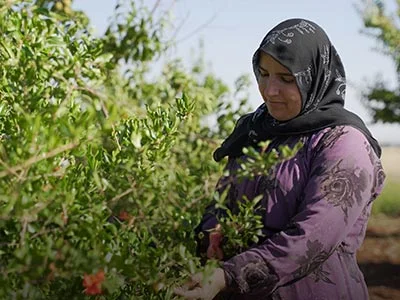
Lisa Ventura joined Better Cotton in March 2022 as our first Public Affairs Manager. She had previously worked for more than eight years at the World Economic Forum, focusing on public-private partnerships and engaging stakeholders to drive social change. With a keen interest in business and human rights, she collaborated with business, public sector and civil society leaders to build a more resilient, inclusive global economy.
We caught up with Lisa to seek her thoughts on how Better Cotton will engage in the sustainability legislative landscape and beyond.
Why is Better Cotton becoming more active in advocacy and policy making?
To fulfil our mission and help transform cotton production, while also supporting more sustainable sourcing and trade, we need a supportive public policy environment. Better Cotton aims to advocate for policies that support millions of farmers and farm workers worldwide to grow cotton more sustainably and improve their livelihoods.
Concretely, what does this mean?
We will engage in public policy advocacy in a variety of ways. First, by engaging with think tanks, other sustainability standards, civil society, governments, international organisations, brands and retailers to ensure the farmers and farm workers’ interests are at the heart of policy-making.
Secondly, we are keeping our Better Cotton Principles & Criteria (P&C) up to date. For example, following a public consultation in the past few months, we are currently reviewing the P&C to ensure it not only complies with new legislation, but also sets an ambitious framework for sustainable farming.
Finally, we will partner more with our country offices and other local stakeholders to address barriers to restoring the environment and upholding good labour standards.
Could you name one upcoming piece of legislation that you are closely monitoring and why?
There are quite a few, but one that is top of my mind is the EU Corporate Sustainability Due Diligence Directive. We commend that this directive covers both adverse environmental and human rights impacts across organisations – and their supply chains. It is an important step forward.
However, we want to ensure that farmers and farm workers’ livelihoods are taken into consideration in such policies, so far they are at risk of being excluded of global markets. Furthermore the EU should cooperate with all developing countries, especially producing ones to develop policies that will address the root causes of climate change and truly support smallholders and other vulnerable groups.
This directive will also help create growing momentum for enabling transparent supply chains. Better Cotton is currently developing a physical traceability solution that we believe can truly transform the cotton sector and support millions of farmers.
Any reflections from COP27?
One of COP27’s four priorities was collaboration. With growing inequality, it’s vital to re-affirm a commitment to the global climate agenda, while ensuring the participation of all relevant stakeholders. I did notice a lack of representation from the groups and countries most affected by climate change, such as indigenous peoples to smallholder farmers.
More action is needed to support vulnerable communities, where people are increasingly on the frontline of climate change. In addition, smallholder farmers currently receive just 1% of agricultural funds, yet represent a third of production. We need new ways to help farmers and producers gain access to finance in order for them to adapt to climate change, diversify their businesses and adopt sustainable practices. Sharing success stories at COP27 is central to replicating and scaling these approaches. For example, ABRAPA, the Brazilian Association of Cotton Producers and a Better Cotton’s Strategic Partner,[1] explained how farm owners were remunerated for preserving an area greater than that required by Brazilian law.[2] This has a direct impact on farmers’ livelihoods.
You can learn more about Better Cotton and COP27 in my discussion with Nathanael Dominici, Better Cotton’s Climate Change manager.
To learn more about our work on policy and public affairs, please contact [email protected].
[1] Better Cotton from Brazil is licensed under ABRAPA’s ABR Protocol
[2] Abrapa (November 2022), Cotton Brazil market report, Edition no.19, page 8, https://cottonbrazil.com/downloads/

